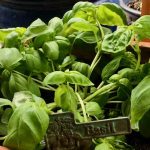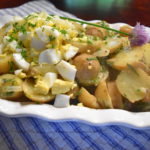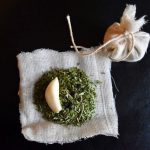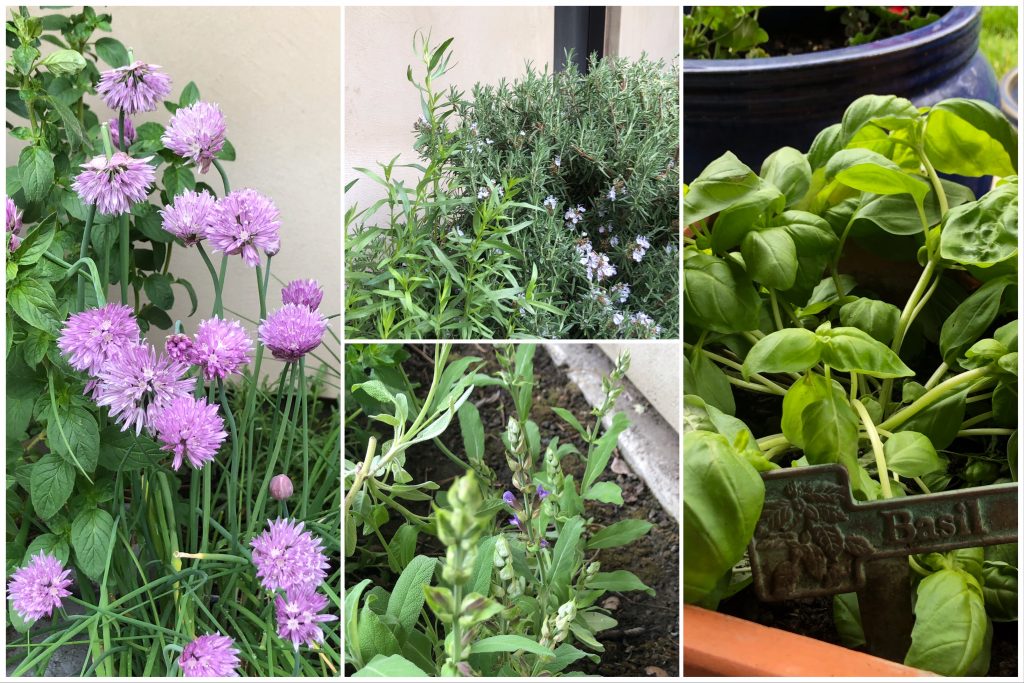
Variety is the spice of life and herbs and spices are responsible for bringing some of that variety to our lives and tables. In the Middle Ages, wars were fought and new worlds discovered in the attempt to find trade routes for spices to preserve and flavor food. Ancient civilizations used herbal remedies to treat their ailments. These botanical treasures are used in making fragrances, cosmetics, decorations, and a host of other products, but the most popular use is in the seasoning of food.
Dried herbs are stronger than fresh herbs, so use about twice as much fresh as dried. Store herbs and spices in tightly capped containers in a cool, dry place. Since their flavors fade with age, don’t keep herbs and spices too long, and check them often for freshness.
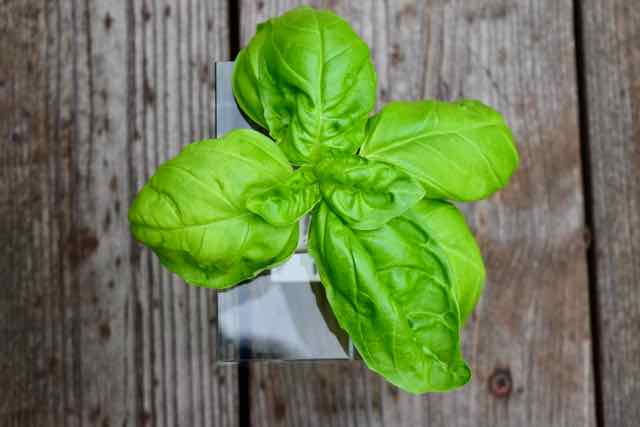
Basil has many health benefits and is a popular herb in many cuisines. It has a licorice and cloves flavor and pairs well with; tomatoes, garlic, oregano, pizza and pasta, onions, chicken, eggs, green leaf salads, bell peppers, zucchini, berries, figs, and a variety of different stone fruits. Try making a basil pesto, it is easy to make and can be used in many ways.
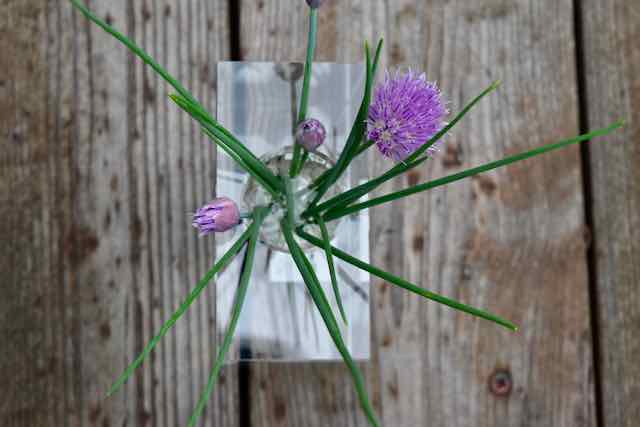
Chives have a light oniony taste and are considered one of the “fine herbs” of French cuisine. They work well with eggs, fish, potatoes, salads, shellfish, mayonnaise, butter, sour cream, vegetables, breads and soups. Add chive flowers as a garnish or use them to tie vegetables together for a pretty presentation. Nutritionally, they are an excellent source of beta carotene and Vitamin C.
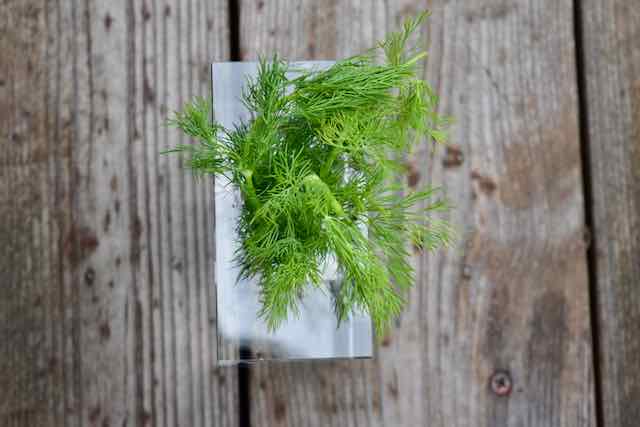
Dill tastes like a combination of celery, fennel and parsley and works well with basil, mint, cilantro, bay, borage, chervil, chives, garlic, onion, parsley, sorrel and tarragon. Dill aids in digestion, helps to fight bad breath and can reduce swelling and cramps. Though most commonly known for its use in pickling, dill goes well with fish, lamb, potatoes, peas. and mayonnaise and sour cream based dips and the Greek yogurt based Tzatziki sauce.
NOTE: Fresh has greater flavor than dry. Add dill at the beginning or end of cooking.
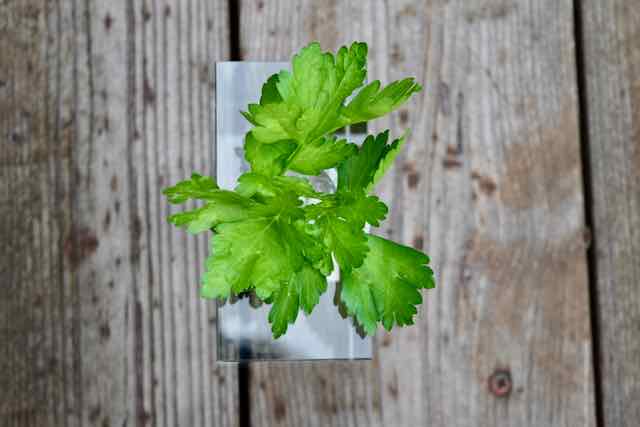
Unlike curly parsley, flat parsley, (Italian parsley), has broad, serrated, green leaves and has a peppery bite. It is used to balance the flavors in soups, stocks and stews and is a good source of Vitamins A and C. Parsley is a functional garnish as it aids in digestion in addition to looking nice on the plate. Use parsley in pasta and egg recipes to lighten the flavors and cut down on heavy creaminess. Parsley stems have the strongest concentration of flavors and can be added diced finely or placed in a bouquet garni.
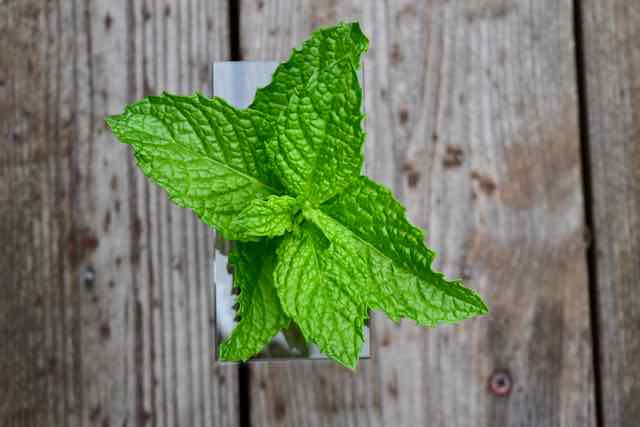
The two most widely available varieties of mint are peppermint and spearmint. It has a sweet, slightly astringent and fresh flavor. Peppermint has a stronger flavor over spearmint because it has a higher concentration of menthol. The is an herb that is used in Thai and Middle Eastern cuisines and pairs well with lamb and drinks like mojitos or mint juleps. Mint freshens the breath and will help to calm your stomach. If you choose to grow your own mint, be sure to grow it in a container because it will spread and take over your garden.

Oregano is part of the mint family and has a slightly sweet flavor with a little spiciness. Sometimes known as ‘wild marjoram’, it is a close relative of sweet marjoram. The green leaves of oregano are flat and oval and can range from fuzzy to smooth. Oregano is mostly spicy while marjoram is lemony sweet. Mediterranean (Greek) oregano is milder than Mexican and is a staple herb in Italian American cuisine. It pairs well with pizza, tomatoes, pastas, eggs, cheeses, eggplant, meats, dressings, oil and butter and pesto. This is an herb that should be added at the beginning of cooking.
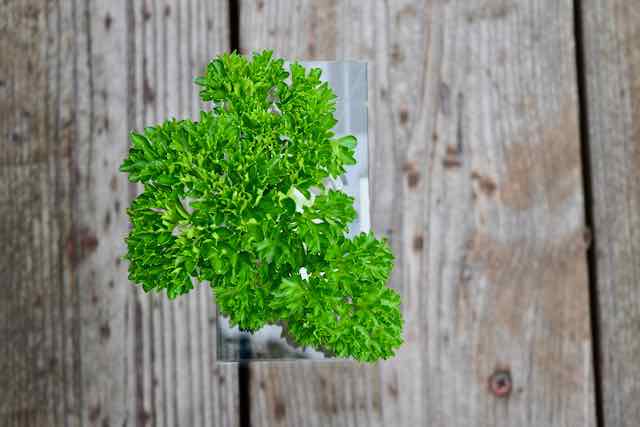
Parsley is a flowering plant native to the Mediterranean and is a relative to celery. It has a bitter flavor which pairs well with many recipes. Curley parsley’s leaves are curled and more mild in flavor than Italian or flat-leaf parsley. Often said to be one of the most powerful disease-fighting plants, parsley provides great nutritional value and has been used to treat conditions like high blood pressure, allergies and inflammatory diseases. It is rich in many vitamins, particularly vitamin K, which is needed for blood clotting and bone health.
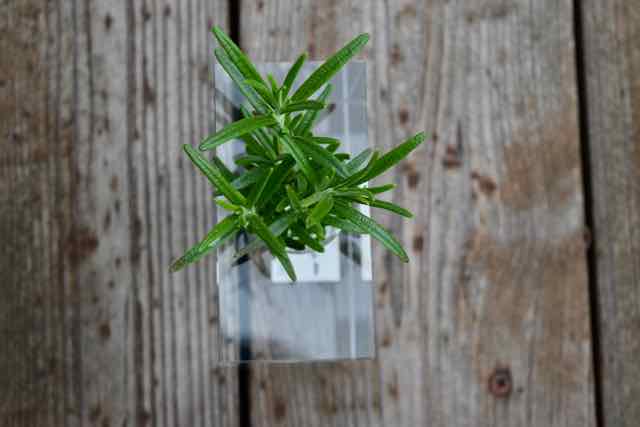
Rosemary has a strong, pungent and pine-like fragrance and flavor. It is native to the Mediterranean region. It has a warm, bitter taste and it provides a nice flavor and aroma to many foods. It is wonderful when added to poultry, meats, vegetables and even some drinks and desserts. Rosemary has many health benefits such as being a good source of iron, calcium and vitamins A, D, and B-6 and has been used for medicinal purposes for centuries. It is considered a cognitive stimulant and can help improve memory performance and quality. It is also known to boost alertness, intelligence, and focus. The aroma of rosemary has been linked to improving mood, clearing the mind, and relieving stress in those with chronic anxiety or stress hormone imbalances.
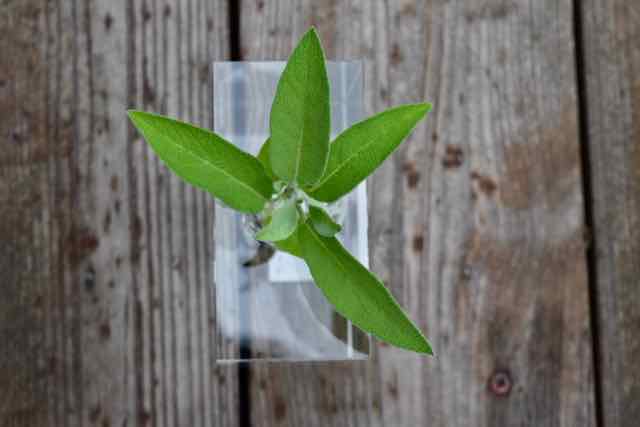
Sage has light gray-green leaves that are soft and fuzzy to the touch. It is also native to the Mediterranean and belongs to the same family as oregano, lavender, rosemary, thyme and basil. Its taste ranges from mild to slightly peppery with some touches of mint. Because of its robust flavoring, sage is a good choice to pair with foods traditionally considered heavy, rich, and creamy and unlike more delicate herbs, it can be added in the beginning of the cooking process. Sage helps to relieve cuts, inflammation and helps with memory issues. It was once thought to be a medicinal cure-all.
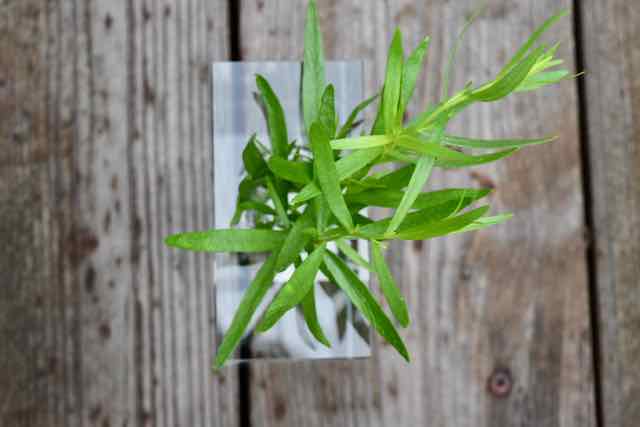
Also known as French tarragon and Dragon herb, fresh tarragon is the aristocrat of fresh herbs. It is the traditional ingredient of ‘Fines Herbes’ and is an essential ingredient in béarnaise sauce. Tarragon is wonderful in sauces, soups, vegetables and meat dishes with it’s spicy anise flavor, (similar to licorice and fennel). With it’s elegant, glossy, long tapered leaves, it serves as a beautiful garnish.
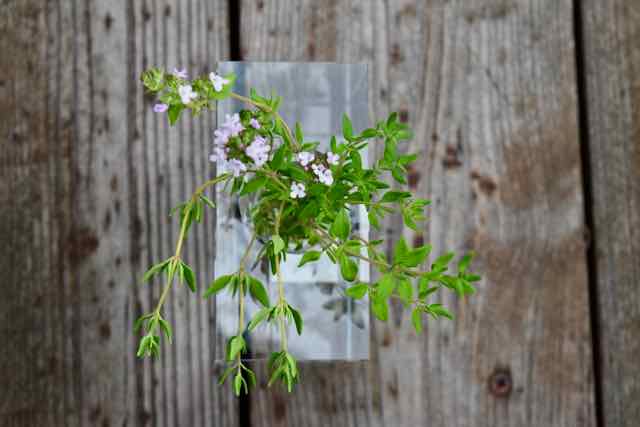
Thyme is part of the mint family, is frequently used in Mediterranean, Italian and Provençal French cuisines and is a major ingredient in the classic French flavorings herbes de Provence and bouquet garni, (recipe below). Thyme is a low-growing woody plant with tiny, sage-green leaves and thin stalks. In early summer, the plant will blossom with pink or purple flowers. Spicer than oregano, thyme works best when used together with other herbs and spices. Like rosemary, recipes calling for thyme require you to strip the leaves off the woody stems. Using the entire herb infuses a more robust scent and flavor. Thyme is touted as a natural treatment for a long list of health conditions like dermatitis, acne, colds, anxiety, bad breath, dementia, arthritis, bronchitis, cold sores, cough, diarrhea, ear infections, and more.
Making compound butters and flavored vinegars is a great way to liven things up with fresh herbs. It is so easy to do and they make such a difference!
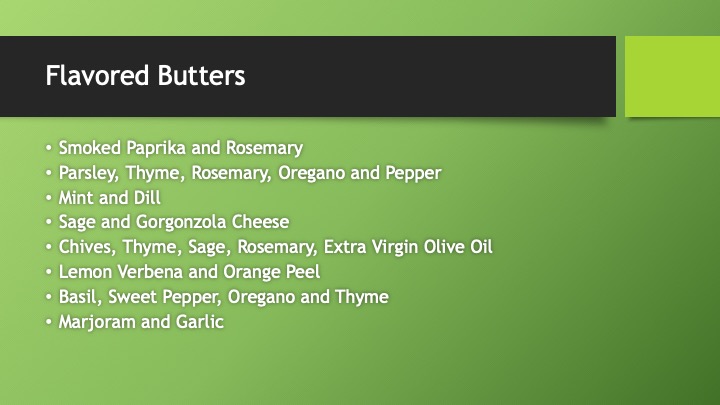

Lemon-Basil Vinaigrette For Grilled Fish
Ingredients
- 2½ tbsp freshly squeezed lemon juice
- 2 tbsp extra-virgin olive oil
- 2 cloves garlic crushed or finely grated
- ½ tsp lemon zest grated with a microplane
- 3 tbsp thinly sliced fresh basil can substitute dried basil, but fresh is best
- 2 tsp capers drained
- Kosher salt and freshly ground black pepper
Instructions
- Whisk lemon juice, olive oil, garlic, and lemon zest in a small bowl.Stir in 2 tbsp fresh basil and capers, (reserving 1 tbsp basil for garnish)Season vinaigrette to taste with salt and pepperSeason 4-6 ounce halibut steaks or filets with salt and pepper. Brush 1 tablespoon vinaigrette, divided equally, over the fish. Grill or broil until cooked through. Transfer fish to plates. Stir remaining vinaigrette and pour over fish.Garnish with remaining basil and serve.

Notes
Jacques's French Potato Salad By Julia Child and Jacques Pépin
Ingredients
- 2 lbs fingerling potatoes, baby potatoes or other small waxy potatoes
- ½ cup extra-virgin olive oil
- ½ cup ¼-inch slices of scallions green and white parts
- ½ cup sweet onion chopped
- 3 cloves garlic mashed and coarsely chopped (1½ tsp)
- ⅓ cup dry white wine
- 1½ tbsp Dijon-style mustard
- 2-3 tbsp chives chopped
- 2 tbsp (or more) fresh green or purple basil coarsely chopped
- 2 tbsp (or more) fresh tarragon coarsely chopped
- 2 tbsp (or more) parsley coarsely chopped
- 1 tsp kosher salt plus more if needed
- ½ tsp freshly ground black pepper (coarse) plus more if needed
Garnish
- 6 large radicchio leaves from the outside of the head
- 1-2 hard-boiled eggs coarsely chopped
- fresh parsley chopped
Instructions
- Scrub the potatoes and put them, whole, in a saucepan with water to cover by ½-inch. Bring the water to a boil, reduce the heat, and cook the potatoes gently until they are just tender and can be pierced with a sharp knife. Drain immediately and let cool slightly. (Scrape the skin from the cooked potatoes, if. you want, as soon as they can be handled. For a decorative look with fingerlings, scrape off only a band of skin, about ½-inch thick, all around the long sides of the potato.)
- Heat 2 tablespoons of the olive oil in a small sauté pan. When hot, add the scallions and the onion, toss to coat well, and cook for about a minute over medium-high heat. Add the garlic, toss to mix, and cook for just a few moments, then remove the pan from the heat.
- Slice the potatoes while still warm, cutting them crosswise into ½-inch sections. Put the pieces in a large mixing bowl, pour the wine and 3-4 tablespoons of olive oil over them, and toss gently to distribute. Add the warm vegetables from the pan, mustard, chives, chopped herbs, salt and pepper, and gently fold all together, mixing well but not crushing the potatoes. Taste the salad and add more seasoning as you like.
- Serve the potatoes warm (no colder than room temperature). Arrange the large radicchio leaves, if you have them, in a close circle on the serving platter, with their curved insides up, to a form a rough bowl. Spoon the potato salad inside the leaves. Sprinkle chopped egg around the edges, and parsley over the top.
Bouquet Garni
Bouquet garni, which is French for “garnished bouquet,” is a classic herb mixture used for preparing stocks, soups, casseroles, meats, and vegetables. The traditional combination is parsley, thyme, and bay leaf. I also add marjoram, rosemary, basil, garlic and peppercorns.
Bouquet Garni
Equipment
- For each bouquet, cut a 4-inch square of double-thick cheesecloth
- Kitchen string
Ingredients
- 1 tsp dried thyme
- 1 tsp dried marjoram
- 1 tsp dried rosemary
- 1 tsp dried basil
- 1 tbsp dried parsley
- 1 garlic clove peeled
- 6 peppercorns
Instructions
- Place all ingredients in the center of each square. Gather the sides together to form a pouch, and then secure the bundle with kitchen twine. Leave the string long enough so you can easily remove the bouquet garni from the cooking pot. Store bouquets garni in a tightly closed container in a cool, dry place. Use within six months.
Quick and Delicious Basil Pesto
Equipment
- Food Processor
Ingredients
- 2 cup fresh basil leaves no stems
- 2 tbsp pine nuts or walnuts
- 2 large cloves garlic
- ½ cup extra-virgin olive oil
- ½ cup Parmigiano Reggiano grated
- Kosher salt and black pepper to taste
Instructions
- Place basil leaves, nuts and garlic in a food processor and process until very finely minced.
- With the machine running, slowly dribble in the oil and process until the mixture is smooth.
- Add the cheese and pulse a couple of times, just to combine.
Derby Mint Juleps
Ingredients
- 3-5 fresh mint leaves
- 2 tbsp mint syrup recipe follows
- crushed ice
- ¼ cup good Kentucky bourbon
- 1 fresh mint sprig for garnish
Mint Syrup
- 1½ cups granulated sugar
- 1½ cups filtered water
- 15 fresh mint sprigs
Instructions
- Place mint leaves and syrup in a chilled cup and muddle. Pack cup tightly with crushed ice; add bourbon and mint sprig.
Mint Syrup
- Boil sugar and water, stirring often, 2-3 minutes or until sugar dissolves. Remove from heat and add 15 mint sprigs. Cool completely. Cover and chill 24 hours.Strain syrup; discard solids.

